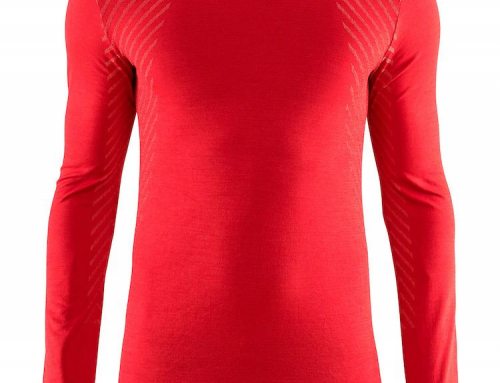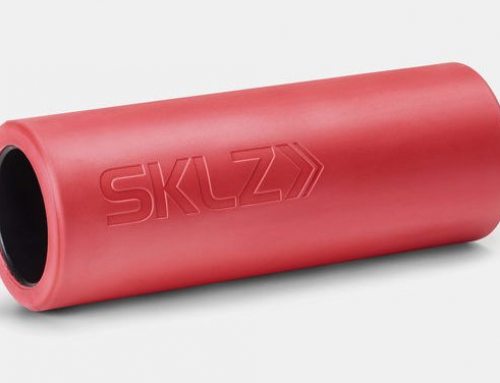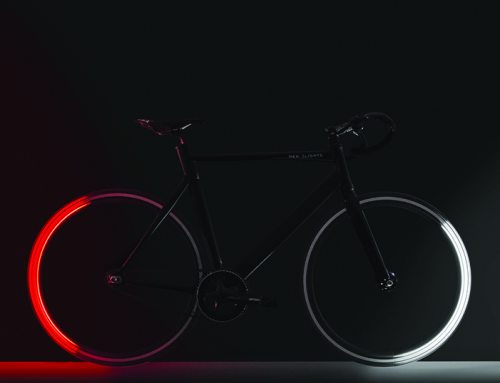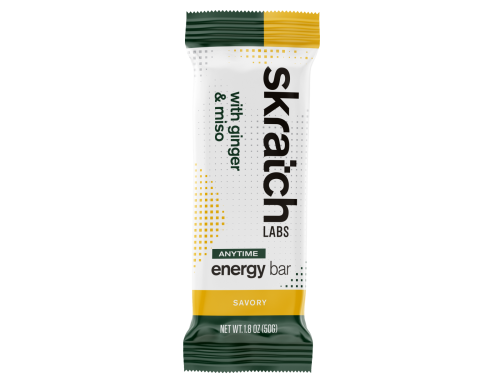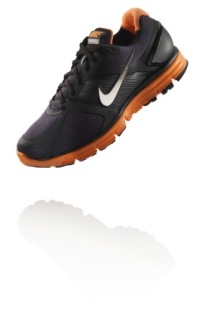
GEAR REVIEW – Nike LunarGlide+
MSRP – $100.00
Medicine sure has changed since I was a kid. What once caused me to hide behind my dad’s La-Z-Boy shuddering with fear now has to be hidden from my children because it tastes too much like candy. With the global release of the LunarGlide+ in July, Nike Running hopes to do the same thing for sneakers that bubble-gum flavor has done for medicine. If all goes as planned, “take two stability shoes and call me after the marathon” will be a sneaker prescription of the past.
If you’re like me, and I think most adult-onset runners are, you typically see someone in a cool shoe and want that same shoe for yourself. Unfortunately, after the local running store guru evaluates your stride, you find yourself with some options a lot more bulky than what you had originally wanted. At more than $100 for a pair of shoes these days, that’s not exactly bubble-gum flavored medicine.
So, if you’re one of those runners like me who care just as much about appearance as you do function, Nike Running has what they believe is your solution – the LunarGlide+. I recently had the opportunity sit down with the Nike folks at their campus in Beaverton, OR, to discuss their newest innovation, the LunarGlide+, which debuted in July 2009.
Tucked away behind a mound of dirt (called “the berm”) the Nike World Headquarters could easily be considered an athlete’s oasis. Soccer fields, two workout facilities (aptly named Bo Jackson and Lance Armstrong) and a bark chip path that encircles the complex lure employees from their desks on a daily basis to get fit and stay fit. That’s where Ernest Kim, Product Line Manager for Nike Running, and I sat down to talk about the LunarGlide+.
According to Kim, the LunarGlide+ offers a single gender-specific shoe that offers both stability and cushioning. Most importantly, its sleek, low-weight design isn’t typical for traditionally bulky stability shoes. It’s a shoe that Kim says will break the paradigm that a shoe has to be ‘either this or that’.
Using Nike’s Dynamic Support system, the LunarGlide+ is intended to offer responsive cushioning as well as runner-specific support, says Nike Running’s Global Product Director, Phil McCartney. This unique support system makes the LunarGlide+ a viable choice for a broad audience – from people who don’t need support to people who need moderate added support, to neutral runners, who tend to fatigue during the end of the run.
In a nutshell, the Dynamic Support system manages both stability and cushioning with a mid-sole that is comprised of a lightweight LunarLite foam core and a firmer foam carriage (the visible orange mid-sole in the shoe). The softer foam core actually sits within the firmer carriage at an angle, which creates a deeper cushioned lateral side. The medial side of the mid-sole features a rear-foot wedge that has been contoured into the firmer foam carriage which provides stability on an as-needed basis.
The Dynamic Support system manages impact at the heel area with softer cushioning and ramps up support to accommodate the runner’s transfer of weight from the lateral to the medial side and also from heel to toe during a typical heel-to-toe foot strike. Runners who pronate will engage the rear-foot wedge and benefit from the responsive cushioning of the LunarLite foam core.
The initial release of the LunarGlide+ will offer a black/orange model for men and a white/gray/orange model on the women’s side, but be sure to look for additional colors of the LunarGlide+ to be released this fall. Additional color introductions and detailed product information can be found at www.nikerunning.com.


